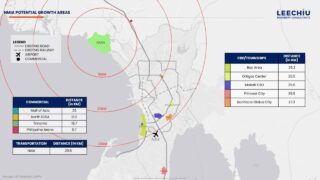The incoming administration of President-elect Rodrigo Duterte targets to implement a “rebalancing strategy” that will see a Philippine economy being driven largely by investments and exports, and by the agriculture and manufacturing sectors.
The said strategy will be reflected in a new Philippine Development Plan for 2017 to 2022, which is expected to be completed by the end of this year, said incoming National Economic and Development Authority (Neda) Director General Ernesto M. Pernia.
“This program objective of Duterte entails major rebalancing of the economy from being a consumption driven to investment and exports; services oriented to agriculture and manufacturing; from National Capital Region-centered to regional and rural development and, in due course, from fossil-fueled to renewable energy,” Pernia said in a business forum Thursday.
These, he added, would be anchored on the 10-point economic agenda bared earlier by Duterte.
Pernia, however, clarified that the planned rebalancing would not put other sectors at a disadvantage.
“If we increase agriculture and industry in the rebalancing to generate more jobs, it doesn’t mean that we’re going to stifle the services sector. We just want the contribution of agriculture and industry to grow faster than the services sector growth. So in absolute terms, all sectors will be growing but the rate of growth for the sectors will be different, and so the share will change a bit. That’s what rebalancing is about,” Pernia explained.
The incoming economic secretary explained that while the Philippine economy had been on a high growth trajectory since the start of the Aquino administration, there remained inequalities and imbalances across income classes and the regions. The agriculture sector, he noted, had been lethargic, exports had been down, while government spending had been “anemic” and had started to rise only last year.
In terms of regions, the National Capital Region continued to dominate the economic landscape while some regions are growing faster than the others.
Pernia added that the Philippine Statistics Authority, under the Neda, would be needing “innovative statistics” as a way to measure the inclusiveness of economic growth.



